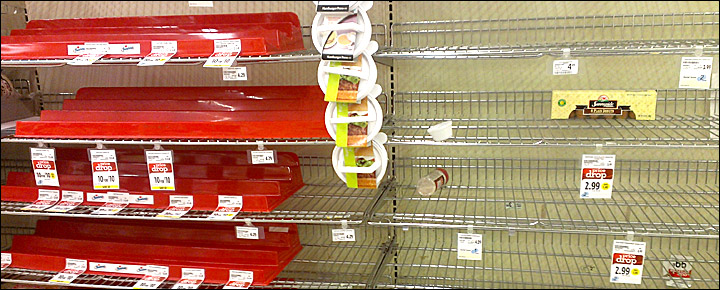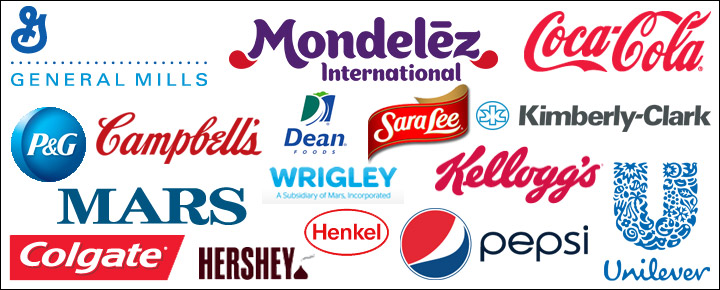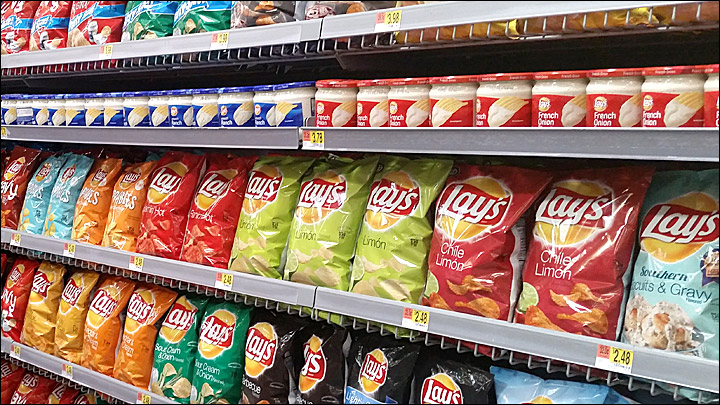Grocery was renowned as a thin margin high volume category, struggling to leverage m/e-commerce profitably. Then Amazon acquired Whole Foods. Transformation is coming, it’s official now.
Irrespective of what Amazon plans for Whole Foods and the grocery vertical and what “experts” speculate, in order for chains to remain viable by the turn of the decade, they must elevate their operations to new heights of customer delight. They, just like world class athletes, must tune-out the competition and the trash talk and focus their game on fulfilling their customer’s wants and needs exceedingly well.
Many are too dug-in to the past to make a meaningful transition. They will perish and their customers will be fought for amongst Walmart, AWF (Amazon/Whole Foods), and the remaining grocers that have learned to think strategically, take calculated risks, test, iterate and adapt rapidly. For the one-offs and mom and pops to survive, they will genuinely have to leverage local/community strengths, adopt as many industry leader’s tactics as they can afford, and make customers feel like highly valued friends.
Transformation starts now with these five crucial elements grocers must implement immediately, no matter how challenging, no matter how “costly,” else they will remain shark bait:
End the checkout time suck

Before there were alternatives, shoppers accepted the frustration of the checkout line as inevitable. Nowadays, disrespecting a person’s time is reckless. Forget the marginal revenue of checkout impulse displays and use technology to end the line. Amazon Go did not pioneer the concept. Whole cart RFID checkout has existed since at least 2001. Grocers have had years to solve this had they shown the will and the leadership to find ways of working with suppliers to make it cost effective. It must happen now.
Prevent out-of-stocks

Food shopping is made especially burdensome when one or two needed items on the shopping list are not on the shelves. Consumers have to head to another store, adjust their food prep plans, or make yet another shopping trip. The issuance of a rain check is simply an affidavit that says “we acknowledge failing and inconveniencing you” and is counter to the high level m/e-commerce execution consumers are increasingly conditioning to. Grocers must revamp inventory/logistics models to keep shelves full and stay in good stead with busy modern shoppers – incontrovertibly with non-perishables.
Cut SKU’s

Today’s physical supermarkets typically carry as many as 40,000 or more different items. In principle, that sounds like a good practice to meet the demands of a wide swath of customers. But the reality of having waited far too long to build a competitive merchandising infrastructure means it’s too late to mimic Amazon and execute competitively with so many SKU’s across many market segments. Now, resilience and profitability are more achievable by targeting a narrow band of customers with a reduced, highly relevant product mix and operating more like a “vertical” that serves that segment superbly. Being average to everyone is no longer an option.
Rethink major brands, especially in CPG

Nowadays, peddling anything commoditized or commonplace is vexing. Diversifying and developing a trusted and possibly lower priced private label brand, while not easy, provides some insurance against price wars. CPG brands themselves are opening up to direct to consumer models and slotting fees are likely to come into question soon. Brands are going to go where they find the best revenue. Purveyors counting on loyalty and profits from past brand associations will be left hung out to dry when distribution models recalibrate.
Innovate the last mile bi-directionally

BOPIS (buy on-line pick-up in store), BORIS (buy on-line return in store), drive-through pick-up, 3rd party delivery, lockers, partnering, reduced free shipping thresholds, shuttle buses, mobile apps, etc., whatever methodologies that get groceries into the arms of customers without them feeling friction or return remorse are table stakes now. It’s costly and challenging, but that is the long tail. The trend is growing towards frictionless fulfillment and the new player in town is a major impetus for that. Rhetoric about the high cost won’t matter and won’t change a thing. “Make it so” is the new grocery fulfillment mantra.



